Hey everyone, so I decided to take some time to address some of the common FUD that has been thrown into this subreddit with hopes it may help some newbies into ETH to at least understand the whole context to the FUD that is used usually by Bitcoin Maximalist.
I will definitely make mistakes, so I hope this can be something that everyone will critique so I can improve on it! So let's get on to it!
ETH IS A PREMINED 'SHIT' COIN
- Premine refers to the issuance that happened before mining, this in itself is not necessarily a bad thing, unless it is done in such a way that a very small group of people benefits and causes a great inequality.
- The Ethereum sale lasted for 42 days. Link to the launch page of the sale for more information. The sale gave enough information and can be also arguably said to be more public and reached more people than when satoshi started mining bitcoin by posting it on the bitcointalk forum.
- Link to the results of the sale after 2 weeks. Interestingly, the result of the sale had a Gini coefficient that is lower than bitcoin's at the time, possibly indicating that initial ETH distribution is more equal than Bitcoin's distribution. This is of course assuming that every sale participant address is unique.
- Overall result is that 60 million of ETH is sold to the sale participants and 12 million is created for the Ethereum foundation to fund activities. (This is the premine). Some good data here. This is the part where bitcoin maxis will usually say that vitalik and co will dump their ETH on us, assuming of course these 72 million in ETH has not been moved at all and everyone who bought in has diamondhanded until now (SPOILER: This is a stupid argument).
- The 72 million premine accounts for about 61% of current ETH total supply (117 million at the time of writing). Again with the fact that this happened 7 years ago, the distribution of ether from that time since now has of course diluted the holdings of the initial sale participant. Though I must confess I do not have the data on that. If anyone can share some, that would be awesome.
ETH is a INFLATIONARY SHITCOIN with UNLIMITED SUPPLY
- Inflation or deflation is a neutral term, it depends on the goals of the underlying asset to decide whether it is good or bad. It is correct that we have unlimited supply, but that does not mean there will be unlimited ETH in circulation. This is neither a good or a bad thing.
- Ethereum has had a few forks that adjusted the rate of inflation since the genesis block. Historical changes to the issuance can be found here. The changes to issuance reflects ethereum's monetary policy of minimum necessary issuance.
- On contrast, it also does not mean that a limited supply is a good thing, for bitcoin for example, this raises concerns that when all 21 million of BTC is minted or when subsequent halvings have passed, there needs to be enough bitcoin transaction fees to incentivize miners to mine the chain and secure the network. Other coins like monero have tail issuance at the end of minting, that ensures miners are still compensated via a block reward component rather than just transaction fees. Only time will tell which is the best option.
- EIP-1559 introduces the necessary deflationary pressure to ETH, by burning ETH based on the demand on blockspace. This does not in itself make ETH deflationary, but it allows for the protocol to algorithmically adjust its own monetary policy by linking it to network usage. This eliminates the need for community consensus to be made to reduce issuance further up until the merge.
- The merge, whereby the consensus layer will be replaced by PoS will further reduce issuance, causing ETH inflation to significantly decrease! This is because it is less costly to run a PoS validator compared to a PoW miner, and hence we can reward them less to secure the network. I find this page does the issuance numbers some justice.
PoS is shit and leads to centralization, enriching Vitalik and co who has a lot of stake in ethereum. credit to /u/SwagtimusPrime
- Proof of stake in Ethereum is designed such that stakers need to align themselves to the interest of the network or else they risk to get slashed. Slashing would effectively cause one's staked ETH to be burned and he gets kicked out of the validator pool, reducing his stake and voting power in the system.
- For concerns regarding early adopters having more power in PoS, refer to arguments under premine. People had 7 years chance to get into ETH and get some voting power, the move to PoS has always been the goal of the ethereum ecosystem.
- It is correct to say that the more ethereum you have to stake, the more you will earn and eventually you can hold more. There are mechanisms in the PoS system that is designed to discourage pooling.
- The hardware requirements to run PoS consensus node is very light, you can even run them on a raspberry pi
- The 32 ETH requirement is the result of the above. Remember that this was made when ETH price was in the 3 digits, and hence was very accessible to a lot of people.
- For people without 32ETH, the coredevs are looking into something called the secret shared validators, which allows smaller trustless pools to be formed, unlike exchange pools where you deposit your eth and hope they behave. (Note, if they don't behave, they will lose your and their own ETH due to slashing, which they have to compensate one way or the other, making an attack very costly).
- The execution clients high disk requirement due to state bloat is being solved slowly through state expiry research. I am not sure if ReGenesis is also in the cards for this.
- Vitalik himself did a good write up on this in this page.
- Essentially with slashing mechanisms in place, it is much more costly to attack the PoS system compared to PoW as attackers would need to procure enough ETH to game the system, and is also willing to burn these ETH in case their attacks fail. In PoW, the ASICs or GPU can be continuously used to attack the chain over and over again. Take a look at Bitcoin SV for referrence.
- Some additional good points from /u/SwagtimusPrime here
Nobody knows how many ETH there is
- This was actually a fairly recent FUD and is not true. In etherscan for example, you can look at the total number of ETH very easily. IIRC there were some differences found simply because the scripts made by different people did not account for some edge cases.
Ethereum will never scale, too much bloat
- Scaling is a hard process, the scalability trilemma (i.e. scalability(speed), security, and decentralization) is something that needs to be considered when trying to scale ethereum.
- A lot of work is being done for this and I will try to mention some of them here
- State expiry - reduce state bloat and allow lower requirement to run execution clients
- Layer 2 centric roadmap - zk-rollups and optimistic rollups are solving scaling while maintaining low costs and is running now! They are still in beta however.
- Data shards in consensus client can work together with rollups to allow for even more tps.
- Ethereum direction towards statelesness will also make this easier going forward. u/Liberosist made a good writeup of it here.
Vitalik makes all decision in Ethereum Changes
- If someone tells you this with a passion, I suggest you ignore them as they are not going to listen to any good arguments with that brain.
- In all seriousness, vitalik has taken the backseat in making a lot of the core devs decision lately. What he is focused on is to bring some research data and making roadmaps which can be heavily contested by others in the coredevs team.
- It is not like vitalik has a master key to ethereum to make it do what he wants, seriously. If anyone feels that what he suggests is shit, they will not implement it. He also has to go through the same EIP process as everyone when proposing an improvement.
Gas Fees are too expensive, nobody will use ETH
- Gas fees are expensive because everybody is fucking using the network. Goddamnit can you all stop minting shitty NFTs (not you Ethfinance, you ok.) with ridiculous prices.
- On a more serious note, yes this is bad, I don't like it, nobody likes it. It creates a significant barrier to entry for a lot of newcomers to the space.
- What is good though, is that we are aware of it, and are working towards resolving it.
- Increasing the block gas limit is not always the best solution as this worsens state bloat. If they have solutions to the state growth, we can consider to start increasing block limit.
- Layer 2 are relatively cheap to use, however, they still don't integrate very well with exchanges and many DApps (Soon is our best hope)
- Will people run to other chains due to this? Sure they might, but that does not necessarily mean the end of ETH. I have yet to see a chain that is as decentralized as ethereum, that can handle as many transactions with minimal cost.
OK I need a break, probably will add more when I feel like it. Other points to talk about if anyone wants to help
- Ethereum can reverse your transaction if coredevs feels like it (The DAO)
- No ethereum full node exists except archive node
[link] [comments]

You can get bonuses upto $100 FREE BONUS when you:
💰 Install these recommended apps:
💲 SocialGood - 100% Crypto Back on Everyday Shopping
💲 xPortal - The DeFi For The Next Billion
💲 CryptoTab Browser - Lightweight, fast, and ready to mine!
💰 Register on these recommended exchanges:
🟡 Binance🟡 Bitfinex🟡 Bitmart🟡 Bittrex🟡 Bitget
🟡 CoinEx🟡 Crypto.com🟡 Gate.io🟡 Huobi🟡 Kucoin.



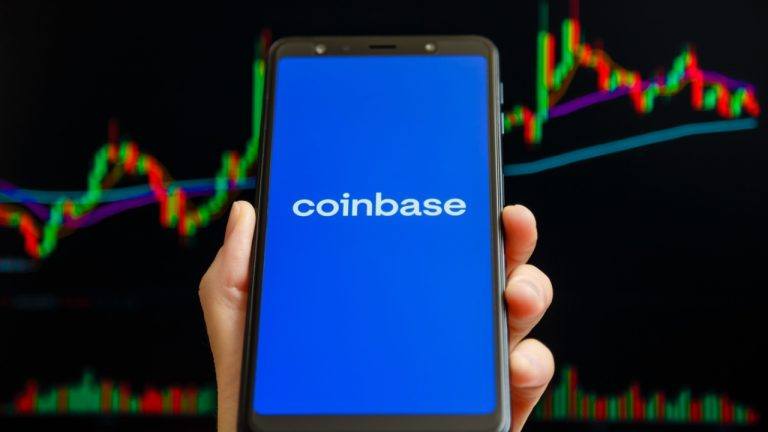


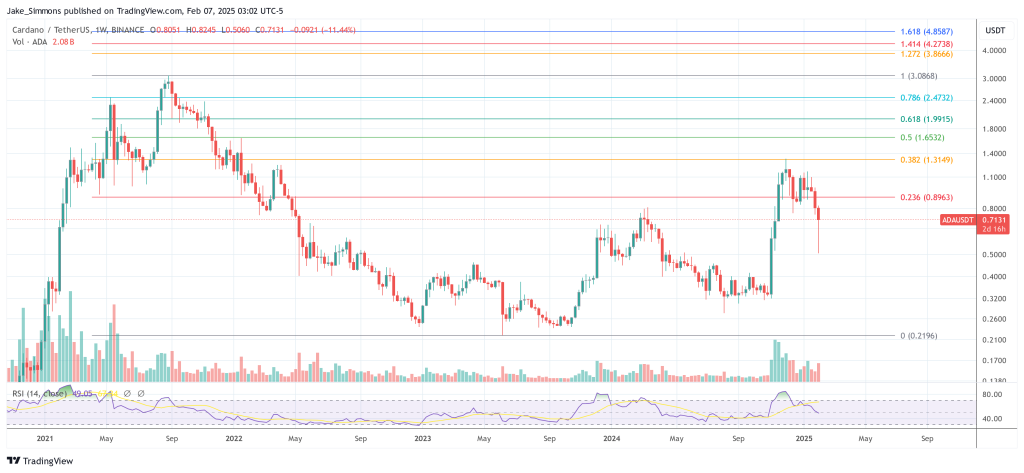



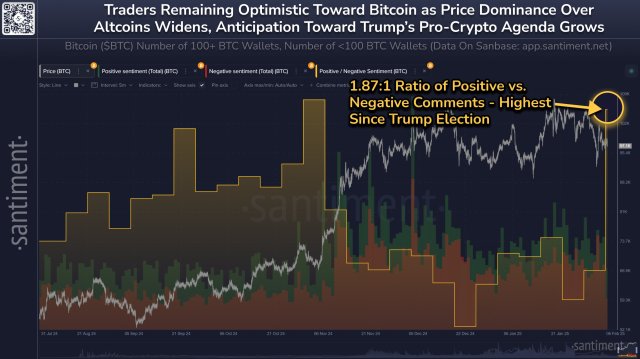

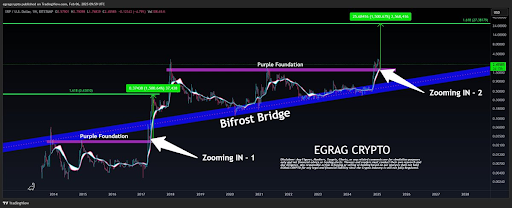

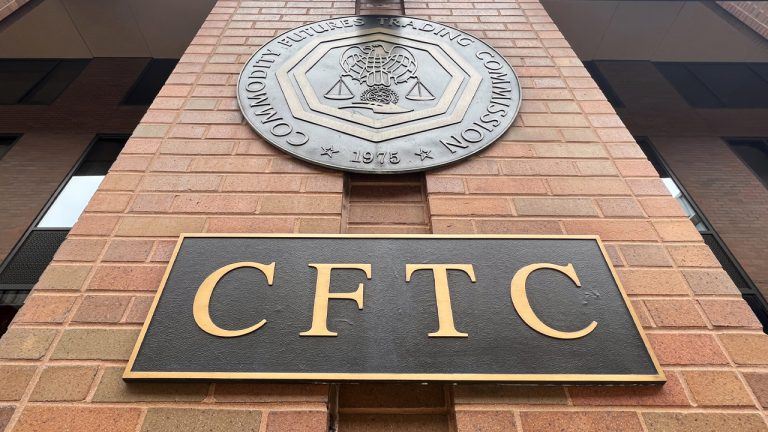



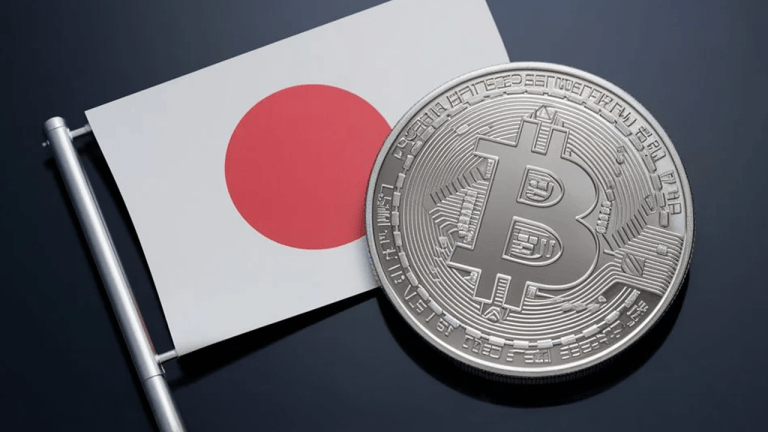

Comments